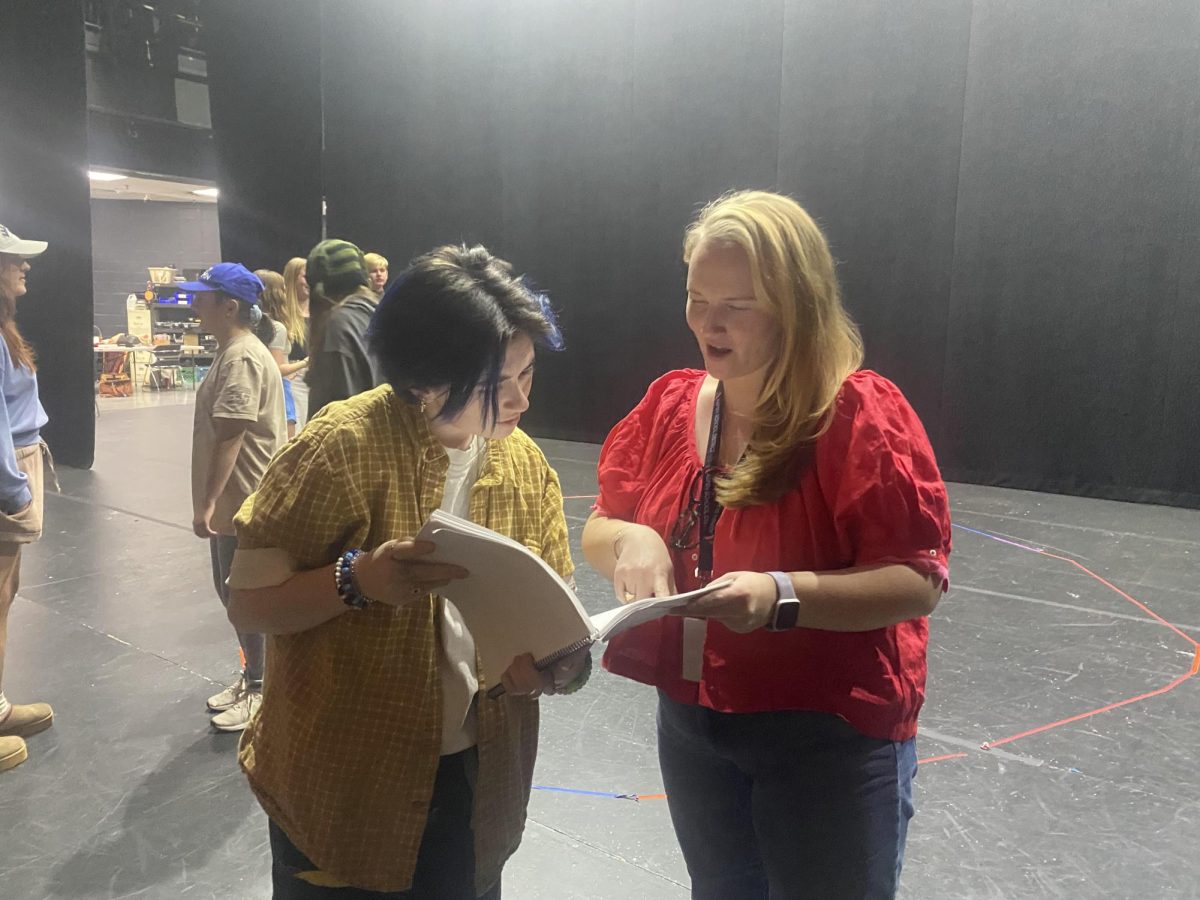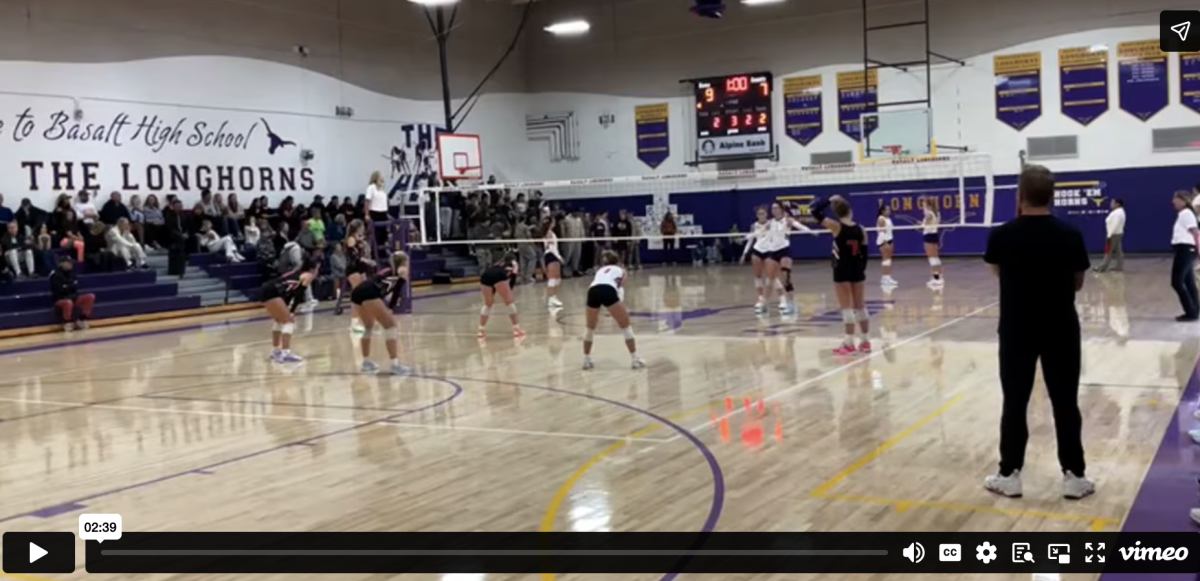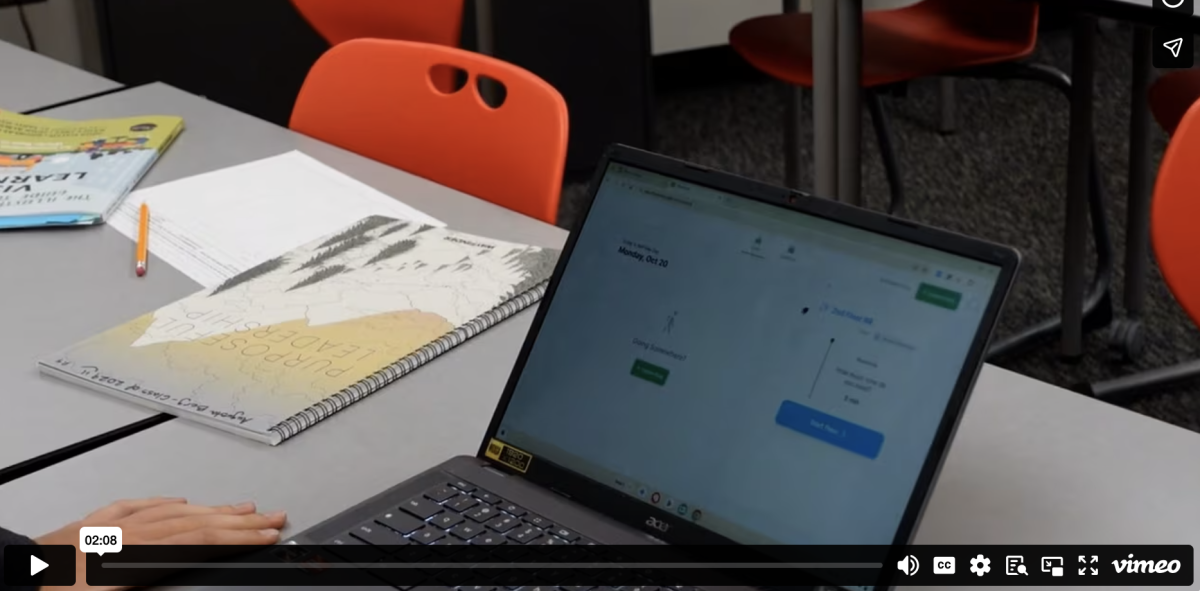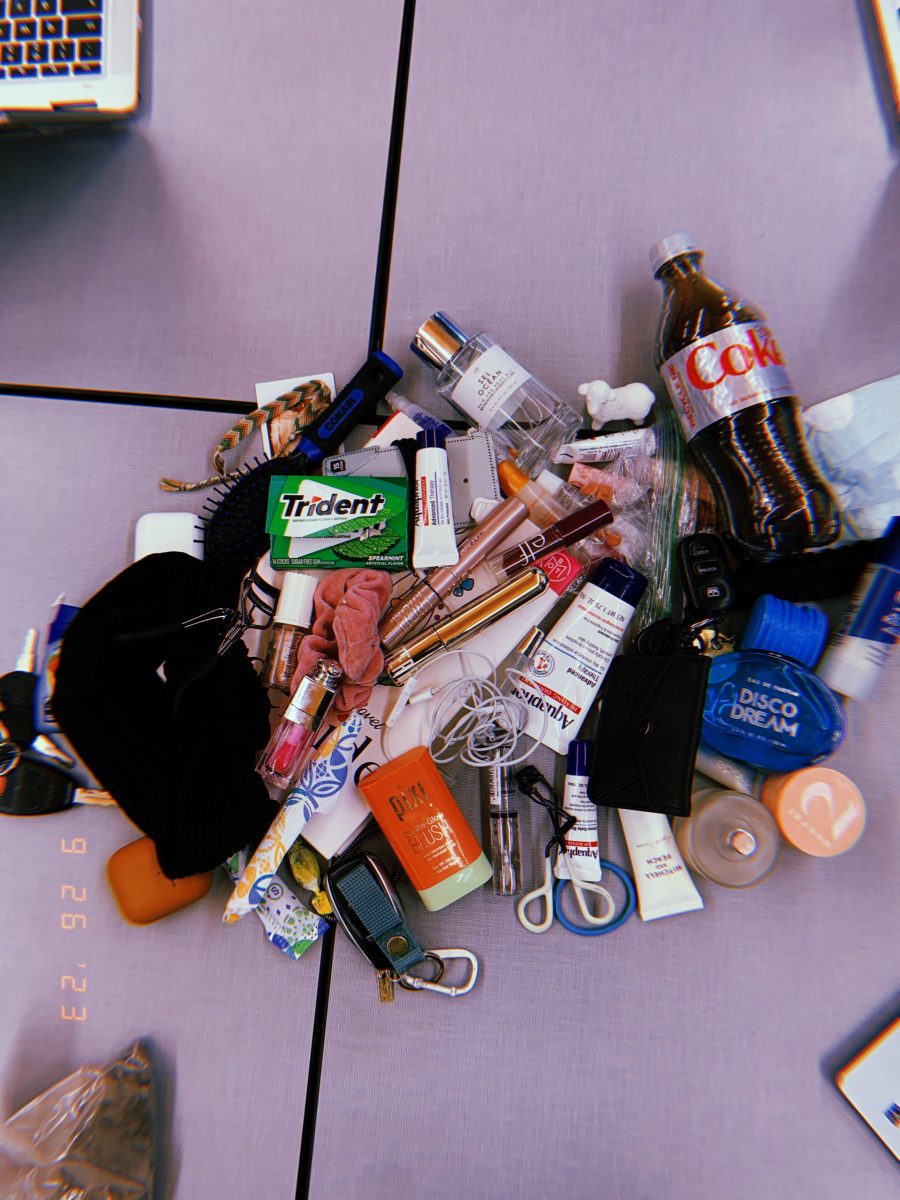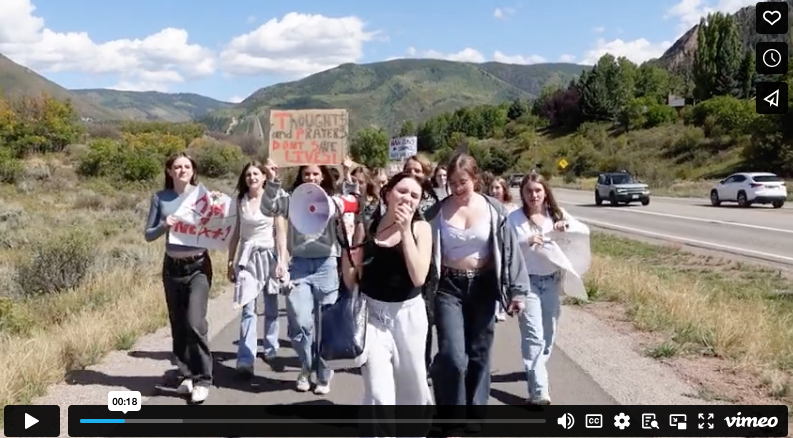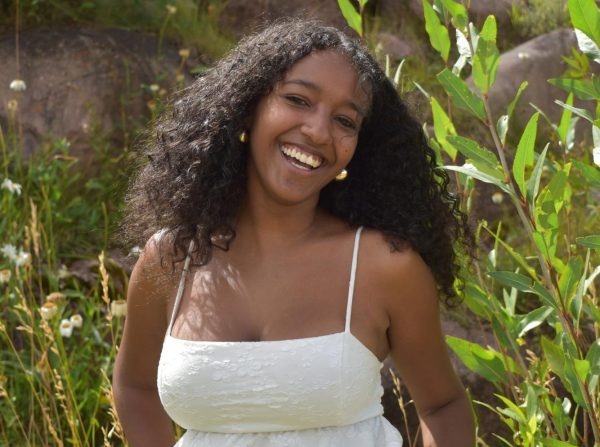Girlhood. A term sweeping every girl’s phone and soon, the world as we know it. But what is “Girlhood,” and what does it really mean to be a teen girl in this day and age?
Girlhood is crucial because it represents the experience of a teenage girl in a way that hasn’t been done before; Girlhood is for women, by women. While many may see this as just another silly trend, it is much more than that. Girlhood is a movement. Girlhood is finding beauty in the small things while still acknowledging the struggles of being a woman all at once. Women finally have a community online where they can express themselves freely and connect with other experiences like their own, while still holding that individuality that is essential in this day and age, considering the “mob mentality” many online take on.
A few online creators are significant contributors to girlhood and its popularity. One major player is Drew Afualo, who started the comedy podcast “The Comment Section” where she touches on many feminist issues while scrolling through TikTok comments, this podcast has had major success. She is now a well-known name throughout the internet. Afualo, who got her start by responding to misogynistic comments and videos on TikTok while receiving her fair share of hate, now has over 7 million followers on the platform. Afualo, who is of Samoan descent, is also a huge voice for POC women within the movement, which in part has to do with her major success.
This is not to forget the countless musical artists who contributed to girlhood even before the term was popularized. These are artists such as Lana Del Rey, Erykah Badu, Taylor Swift, Fiona Apple, Mitski, Lorde, And many more. Music is a huge part of girlhood. To listen to a song and say to yourself, “Wow, this is exactly how I feel,” is an essential part of the female experience (of any human experience, really). There are also numerous visual and performance artists that also contribute to the feminist movement. One of the most famous performances starting a new wave of feminism is Rhythm 0 By Marina Abramović in 1974. In this performance, Abramović placed 72 items on a table; among those items were perfume, lipstick, a knife, and a loaded gun. She placed herself in the middle of the room, and for 6 hours, the audience was at liberty to do anything they wanted to her, leaving them only with the phrase, “During this period, I take full responsibility.” During this time, she allowed the audience to dehumanize her completely. One person cut off her clothes, another cut her neck and quite literally drank her blood, and finally, around the end of the performance, a person placed a loaded gun to her head, wrapping her fingers around the trigger in pursuit of a reaction from the artist. This prompted a fight throughout the audience due to the interference of many who believed it had gone too far. As the performance ended, Abramović walked through the crowd, finally showing a reaction after 6 hours of complete detachment. Many in the crowd who had done these things to her couldn’t stand to interact with her and promptly left after seeing her come “back to life.” “The experience I drew from this piece was that in your own performances, you can go very far, but if you leave decisions to the public, you can be killed,” Abramović said in reflection of the piece.
Performances like Rhythm 0 fuel the feminist movement; while Marina’s work pushed the limits of social commentary, the meaning and intention of her pieces resonate deeply with many women. This is why art of all kinds is crucial to the community surrounding girlhood; the commentary on these issues is not insignificant in the slightest. In fact, a study by RAINN states that 1 out of every 6 American women have been sexually assaulted in their lifetimes. And a devastating addition to that statistic is that 66% of those cases account for women aged 12-17.
Girlhood is the shared experiences that shape who we are and who we become. It reaches past the silly tiktoks like “girl dinner,” but isn’t solely the struggle only women experience daily. The influence of girlhood has made the internet a place where women feel included and understood rather than the constant criticism that pits women against each other. Girlhood isn’t the solution to these problems, but it’s most definitely a look at a brighter future.


